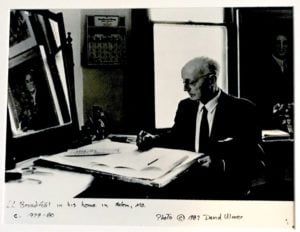
The Harlin Museum is home to the single largest collection of works by Ozarks-born artist, L.L. Broadfoot. The artist’s dream was to immortalize the fascinatingly unique people, culture, and customs of his childhood Ozarks home, which he did by publishing his first book of art, Pioneers Of The Ozarks, in 1944. The pages of this book are filled with remarkable representations of Broadfoot’s original works, which are displayed annually during the museum’s Ozark Heritage Exhibit.
Broadfoot’s art features the land and waterscapes of the Ozark Scenic Riverway painted in tactile oils of lush blue and green, as well as lively charcoal character portraits of settlers from the almost inaccessible hills and hollers. What makes the portraiture wholly unique is what accompanies each likeness: a one-of-a-kind written component that features the spoken word of each portrait’s subject written in their varied vernacular—and read just as they spoke it—-making the compilation an unparalleled snapshot of the enigmatic and diverse people that settled in the Ozarks as other homesteaders continued traveling West.

#5 – Old Moonshiner’s Cabin – Stoney of the Wildwoods collection 
#7 – Stoney of the Wildwoods 
Union Hall School House
 Lennis Leonard Broadfoot was born on September 10, 1891, in a log cabin home in Shannon County, Missouri…
Lennis Leonard Broadfoot was born on September 10, 1891, in a log cabin home in Shannon County, Missouri…
From an early age, he loved creating art and aspired to become an artist, but he was discouraged both at home and at school. Nevertheless, he persisted and he developed his talent at every available moment by sketching home scenes and neighbors who would sit ’round the fireplace and swap tales of the old days.
His desire to create art inspired him to travel and, after his mother died in 1909, Broadfoot traveled across the United States of America. He went West, working as a ranch hand and practicing drawing portraits along the way. While in Montana, he befriended Charlie Russell, the famed Western artist, who encouraged him to perfect his craft and live his dream. But it was from his studio in Pasadena, California that he decided to return to the Ozarks in the late 1930s to complete what he saw as his life’s work: character studies of the Ozarks pioneers.
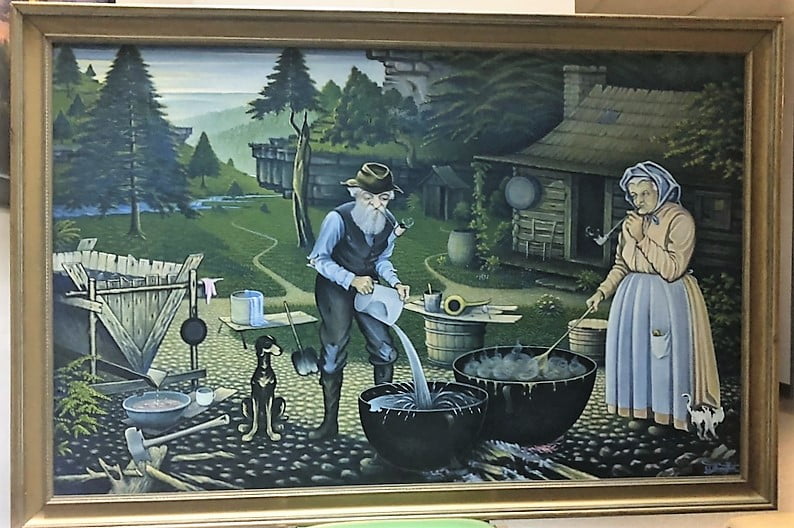
“…the purpose of this volume of work is to preserve a true picture record of the pioneers of the hills, their strange customs of living that are so rapidly vanishing, and a life that is so different from anything known to modern folk, that it should be educational, especially to the younger generation who know nothing of the joys and hardships of primitive ways.” His portraits vividly capture the variety of activities people were engaged in at that time, such as basket weaving, soap making, hunting, quilting, and black-smithing.”
Lennis L. Broadfoot describes his book, “Pioneers of the Ozarks.”
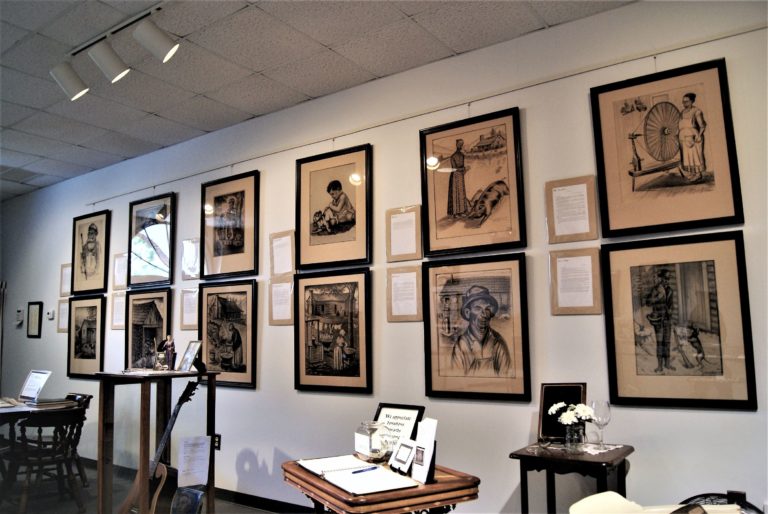
Broadfoot is considered a truly self-taught artist, even though he did take a short course in commercial art by correspondence. In later years, his works were exhibited widely throughout the United States. He created a compilation of mostly scenic art for a second book, Stoney of the Wildwoods, but he did not live to see the volume published in his lifetime. The originals for Broadfoot’s second volume of work are also periodically displayed in the museum’s gallery, although some can only be shown safely as a digital projection (as in 2018’s The Story of the Wildwoods digital show) for the time being as funds continue to be raised for the ongoing preservation effort of those pieces in the collection that remain unframed.
This second collection focuses on the life and times of a fictional character, Stoney, whose persona is based on a man Broadfoot knew in real life (and immortalized in his first book), Jess Thompson—The Man Who Kills Squirrels With Rocks. Created mostly in charcoal, these scenes depict the singular character’s pursuit of survival in a sparsely settled landscape where he eats what wildlife he can catch, sleeps both in caves and under the stars—depending on the season—and his constant companions are his loyal hunting dog and the throwing stones for which he is known and aptly nicknamed. Together, the works intended for the second book depict the dual sides of a life spent foraging among the Ozarks’ wilderness–one that is equal parts hardship and harmony.
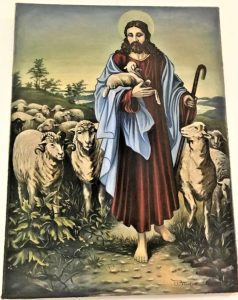

above; left: Broadfoot’s painting of Jesus Christ of Nazareth. above; right: Broadfoot’s portrait of Chief White Hawk, Northern Sioux, Montana in charcoal.
Broadfoot also explored other themes in his art, specifically those in which he found himself immersed during his early travels outside of the Ozarks working as a traveling ranch hand, where he encountered many Indigenous American Indian tribes and cowboys of the Old West; he also created portraiture of popular and well-known figures, including famous actor, Will Rogers; the 39th Governor of Missouri, Lloyd C. Stark; the six different Presidents of Truman State University from 1867-1937; the 32nd President of the United States, Franklin D. Roosevelt and his wife, Eleanor, and even Jesus Christ of Nazareth.
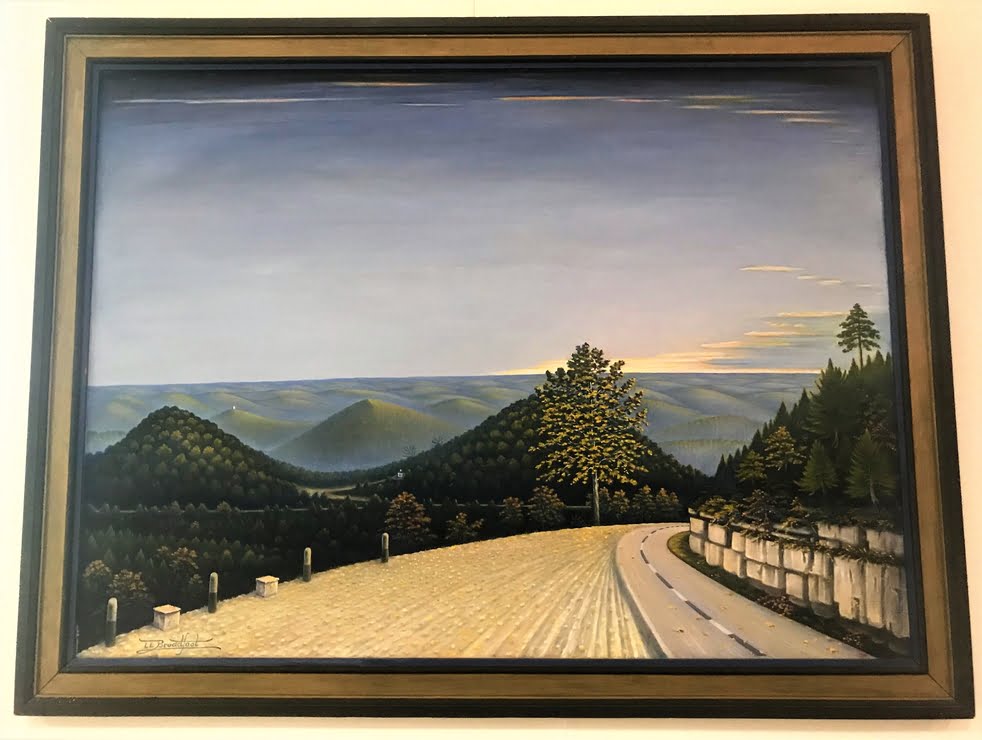
Valued at over $1 million, the collective works of L.L. Broadfoot are an invaluable treasure to the people of the Ozarks, depicting a now lost generation of humble pioneer beginnings and their Ozarks’ way of life.
Exhibits featuring the Broadfoot paintings, drawings, and other artwork volumes are displayed in the museum throughout the year; check our events calendar for dates.
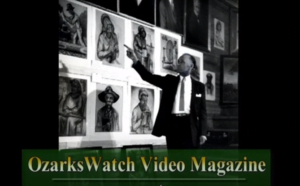
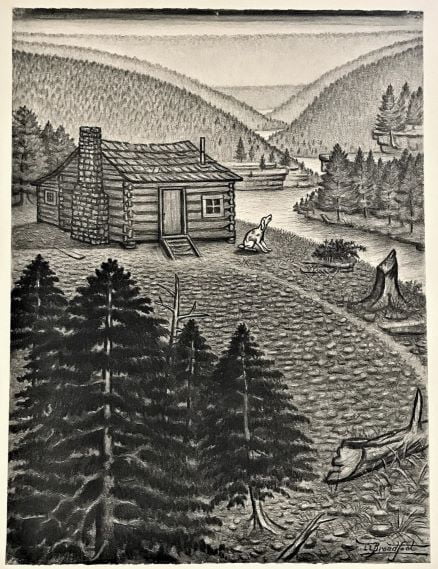

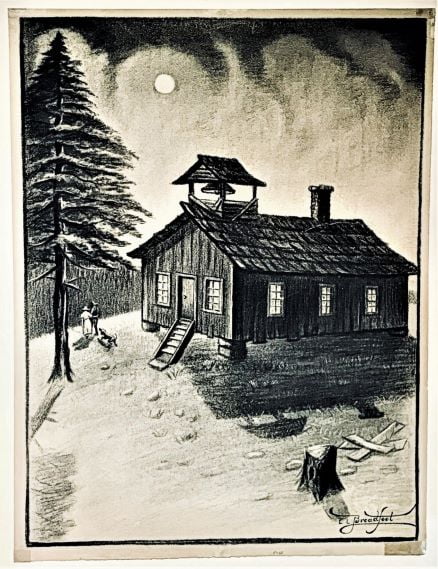
 Lennis Leonard Broadfoot was born on September 10, 1891, in a log cabin home in Shannon County, Missouri…
Lennis Leonard Broadfoot was born on September 10, 1891, in a log cabin home in Shannon County, Missouri…